#red light district
Text
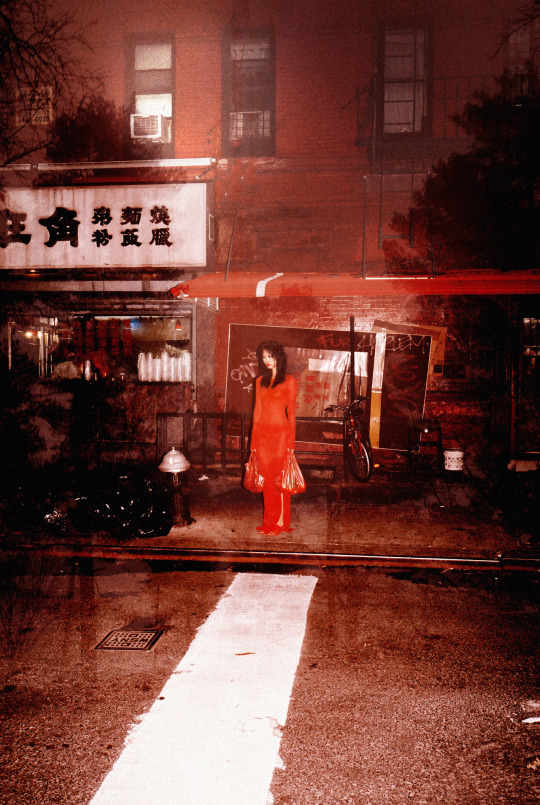
Hee Jung Park for Indie Magazine (2017) Photography: Peter Kaaden
814 notes
·
View notes
Text
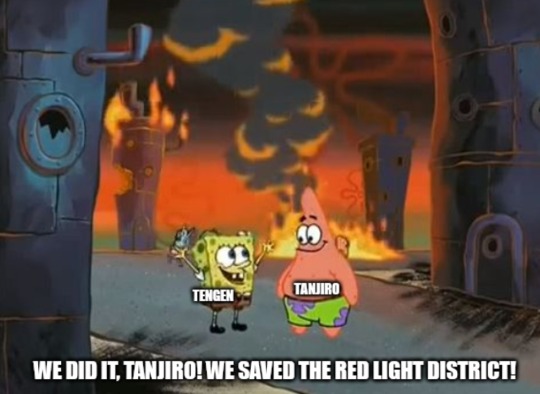
#uzui tengen#tengen uzui#kamado tanjiro#kamaboko gonpachiro#tanjiro#sound pillar#sound hashira#demon slayer#kimetsu no yaiba#kny#kny meme#hashibara inosuke#agatsuma zenitsu#entertainment district arc#red light district#kny s2#kamado nezuko#tengen's wives#kny daki#gyutaro
2K notes
·
View notes
Text

115 notes
·
View notes
Text

Amsterdam, Nederland - 2023
#amsterdam#city#lights#red light district#travel#photography#urban#street photography#street#december#night
48 notes
·
View notes
Text
i learned that prostitution was the biggest source of employment for women in Helena, Montana in the 1870’s and 80’s. In 1886 there were 52 prostitutes working the city. The madams became so wealthy they bought up blocks of downtown property and even started their own mortgage company (x)

221 notes
·
View notes
Text
Itachi: “Why don’t you let me show you what real whisky tastes like.”
Kakashi, staring when Itachi returns with the most expensive bottle in the place: “What makes you think I can afford this?”
Itachi, already pouring two glasses: “Your commanding officer has a tab. You can have anything you like.”
Kakashi, confused: “And I’m sharing my bottle with you?”
Itachi, smiling: “Yes, you are. Thank you for your hospitality, Kakashi-san.”
#kakaitaweekwips#kakaita#kakashi x itachi#hatake kakashi#kakashi hatake#itachi uchiha#uchiha itachi#naruto fanfiction#my writing#teaser#red light district
21 notes
·
View notes
Photo

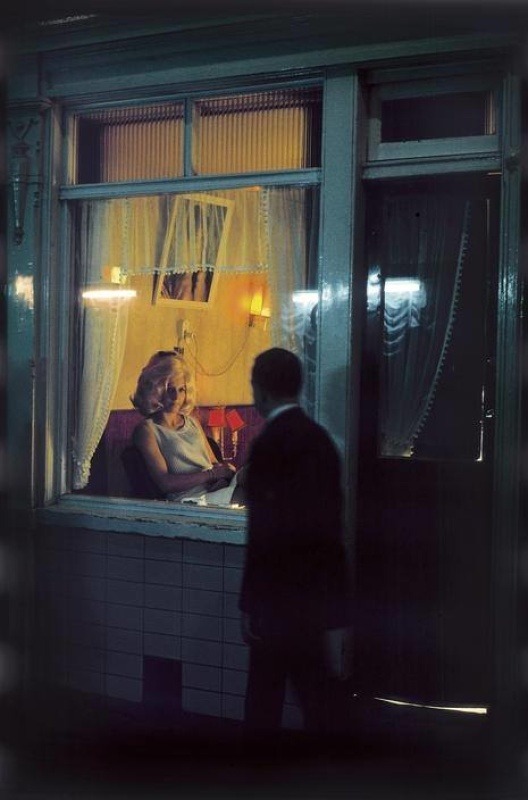
(via Elliott Erwitt: Red light district, Amsterdam, 1968 - all things amazing —)
158 notes
·
View notes
Text
forever wondering how the women from the BBC red light district series are doing.
if you are in space where u feel you can witness the upsetting things shown and discussed in the series (sex, violence, addiction, to name a few) i highly recommend giving it a watch. their stories and perspectives and voices are so important. you can find it on youtube. there isnt many episodes and they are not very long. i must say i’ve been searching for updates for a while and havent seen anything except that Bee has passed. i’m unsure if that is confirmed.
they cross my mind at the very least weekly. these women deserve so much more.
15 notes
·
View notes
Text
Ah the Red light- I mean “entertainment” district 💄

It is true that there are three figures that we associate with Japan: Naruto, Luffy and Goku - I mean the ancient samurai, the modern salary man, and the eternal Geisha. Especially during the Edo Period, there was a rise in the so-called red-light districts, stage of the mesmerizing ukiyo-e, that the common mortal would happily purchase, in special, the shunga, that could picture the most obscene acts. But things aren’t always like the art portrait am I right?
Sex trade in early modern Japan was so important that its history can also be read as the history of the society. But even though the prostitution relationship with the government changed, one thing they always had in common: it was the exchange of sexual services for a payment [most of the times in cash].
Before all, let's say something: male prostitution did exist. But it was just not considered the same business than the woman’s prostitution. Male sex trade became more associated with the theatre world and the teahouses. It was never recognised or regulated and had never the same punishments that woman did. This could be linked to the function of the man and woman in the households. Since a man could only be a brother, but the woman could start turmoil and try to substitute the wife in the family and give the male heirs. (Ah yes, always the baby problem. So be gay do crime I guess)
During the 17th century prostitution was flued by the demographic movements of man opening cities, by the 18th the power shifted to the small provinces. And to where the man goes, the sex trade goes. In the 19th century the sex trade spread to all the territory.
In the beginning of the Edo period, the rule of the "wife" and the "prostitute" could be confused. After all the women could be said to only have those two paths, and it wasn't for her to choose, but her male guardian. Since the woman was viewed as an object of the man's property, he could sell her as he wished. Yes, even wives and daughters from "good" families were sold as a way to pay a debt. “There was no question that the Tokugawa authorities’ vision of status order had been confining for woman: it subordinated them to male household heads and emphasized the values of obedience and submission. Indeed, some must have welcomed the opportunity to step outside their narrowly defines roles as wives and daughters. (…) But for the vast majority of woman who worked in the sex trade, the crises of the gendered order, and the disintegration of the limited protection it offered, was hardly a form of liberation.” - Stanley,2012;

In 1612 a man called Jin'emon tried to ask the Shogunate to recognise his business. He said that unregulated sex trade could cause a lot of problems like young girls being kidnapped, samurais plotting rebellions in the courtesans' beds, man splurging their wages on woman (and babies a lot of unwanted babies coming back for their illegitimate families let’s not forget that). The shogunate (finally) agreed and gave him a plot of land in the outskirts of town with (a lot of) conditions: they would regulate the sex trade, they would record the comings and goings, report anything suspicious, and the woman - yujo - could not leave the "pleasure quarters" and thus the Red Light district was born, at the time called Yoshiwara or "Reed Plain".
The Shogunate soon started to forbid the selling and buying of humans, believe it or not this also included woman. But, as always, with exceptions. Woman could enter the “pleasure quarters” if the hitonushi [the woman’s legal guardian] allowed and if she consented. The same would apply if a family was in extreme poverty, the man could only sell is wife as a last resort. Also, eternal servitude was now illegal, the limit was now 10 years, but obviously the Yoshiwara’s pleasure houses lords would manipulate the contracts to go around this rule.
The Shogunate tried to regulate the clandestine prostitutes that the common people called baita [whores]. But these women, that normally worked in the side of the streets, were paid very little and were the wives and daughter of marginal men. There was also the problem of the “bathhouses”, where pretty woman would scrub the backs and rinse their hair of men. Yoshiwara brothels complained that these bathhouses were hurting their business since it was at the time that bordels were forbidden from working during the night, so this bathhouses would do drinking parties with shamisen music and everything. And the yuna [bathing girls] were cheaper than the yujo. Bit after the big fire of Meireki at 1657 these bathhouses choose to relocate to Yoshiwara.
But there was a problem is this tentative of politicised the sex trade: the woman that only sold sex as a secondary option. She shogunate realised this problem and declared that all the waitresses, dancers and entertainers that agreed with patrons to sell sex would be considered clandestine prostitutes. But there was a risen of a type of artistic woman, that was skilled in entertainment, that started to imitate the male way entertainment - the Geisha. “Originally, both men and women professionally living on light accomplishments inseparably went under the name of “geisha”, although men were called “otoko geisha” or male geisha, and women “onna geisha” or female geisha. Subsequently the term “onna” was dropped, so that the onna geisha came to be called simply geisha, and the otoko geisha or male geisha changed simultaneously their name into “hokan” or jester.” – Longstreet; Mansfield; Longstreet, 2020;
The word geisha can be split into "art" and "person", meaning that the geisha were the perfect mix between the performance and prostitution. They were supposed to have many artistic talents like singing, reciting poetry, performing the tea ceremony, playing the shamisen, arranging flowers, telling the best jokes, whispering obscene things, in short entertaining men. Selling sex was a last thing. They were sexually available, but they had a price, and with a higher price came its social value.

These Geisha usually had their hair up in the traditional maga style [which was mostly made of wigs], wore colourful makeup, kimonos, and obi. Normally they had various apprentices called maiko or hangyoku. (Yes I'm sorry to break your heart but the little girls at House Tokito (Tanjiro infiltration), that help the Koinatsu Oiran were either sold or daughters of courtesans at that house, being trained to be the next Oiran)
Obviously, they also had lovers, but outside their job. In the workplace they would smile and bow to entertain their patrons. Sometimes they could choose a wealthier patron that would sponsor their lifestyle. Sometimes they had another lover that was their true love, but that was not the best option since time was money. Unlike the courtesans the geisha could choose their patrons, but sooner or later their professions would start to be confused.
Many of the trends of the Edo period continued after the Meiji restoration. Until the Taisho Era [1912-1926] the number of prostitutes registered in brothels doubled. The number of Geisha alone as circa 79.348. It was estimated that 1 out of 31 Japanese young women were employed in the sex trade (that excluding the comfort woman cause non-Japanese did not count, cause ah the imperialism) The funny part was, the money that these women made was income that would be invested in important modernizing infrastructures like elementary schools.
With the westernization government started to being pressure to liberate this woman, but soon these women realized that they did not have were to go. So, in technical terms nothing really changed. But the Japanese started to be see this woman as impure, in part because of the sexual deceases that were starting to be aware of.
Now we understand why one of the Demon Slayer arcs takes us to the pleasure district, because during a lot of time it was the center of a lot of what we now call the japanese culture.
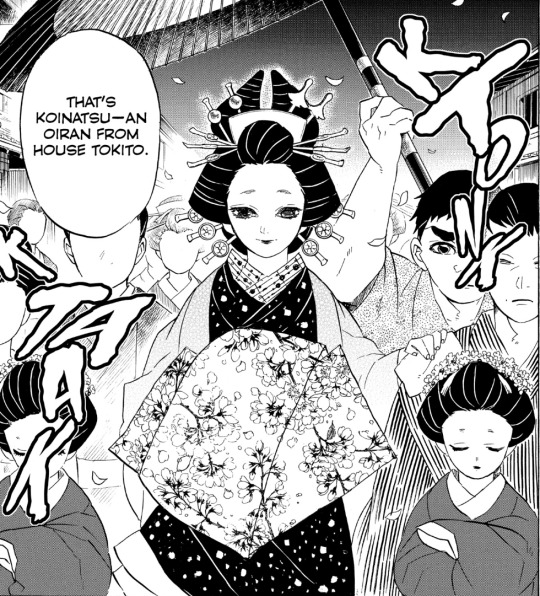
Linfamy. 2023 - Two Oh-So-Happy Destinies Forced Upon Daughters in Edo Japan. [Consulted on the 27th June 2023] Available on: <https://www.youtube.com/watch?v=Wcewuw0sMOo>;
LONGSTREET, Stephen. LONGSTREET, Ethel. MANSFIELD, Stephen. 2020 - Geishas and the Floating World: Inside Tokyo’s Yoshiwara Pleasure District. Clarendon: Tuttle Publishing. [Ebook];
STANLEY, Amy. 2012 - Selling Women: Prostitution, Markets, and the Household in Early Modern Japan. California: University of California Press. [Ebook];
#demon slayer#demon slayer from history to fantasy#demonsslayerfromhistorytofantasy#kimetsu no yaiba#demon slayer history#anime history#history#japanese history#research#history reseach#red light district#oiran#kamado tanjiro#zenitsu agatsuma#kny daki#kny gyutaro
46 notes
·
View notes
Text

Jurij Treskow: Aliyah (2014)
220 notes
·
View notes
Text

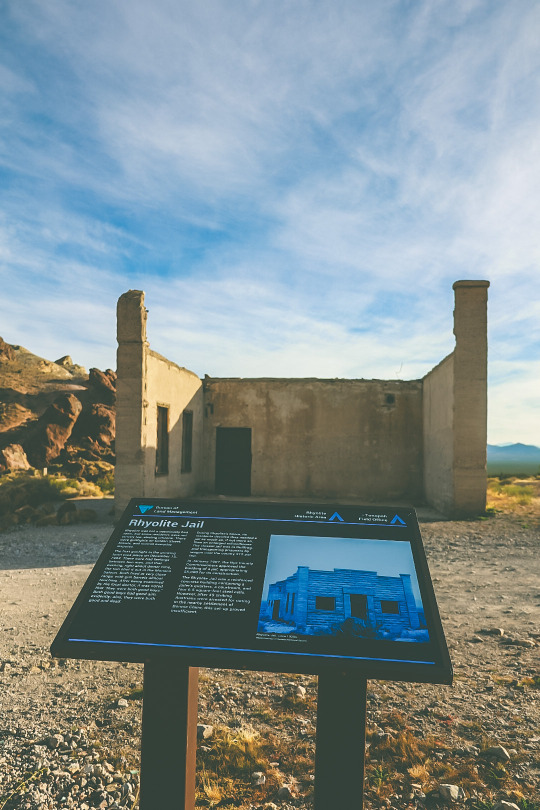
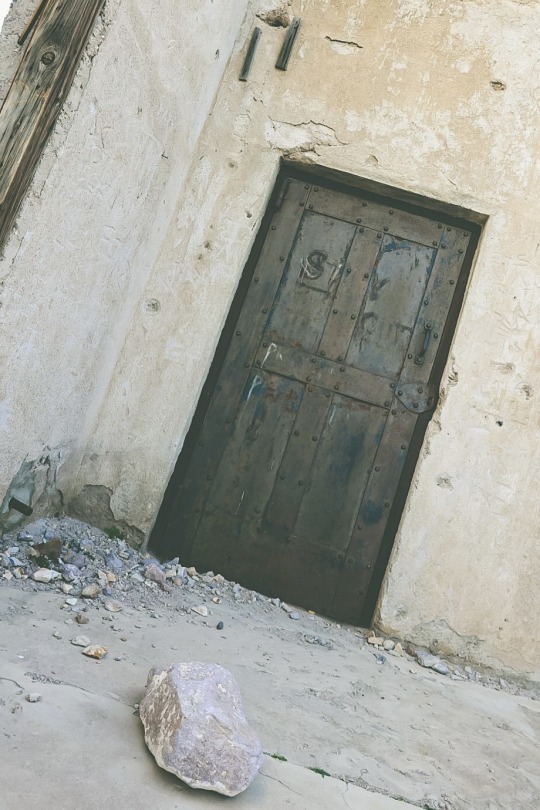




Red light district
📷 @luna-saguaro-photo
#female photographer#luna saguaro photo#las vegas photographer#book me#traveling photographer#clouds#Nevada#Nevada desert#desert art#desert photography#rhyolite#red light district#Mona Bells grave#Mona Bell#gravestone#sex work is work
18 notes
·
View notes
Text
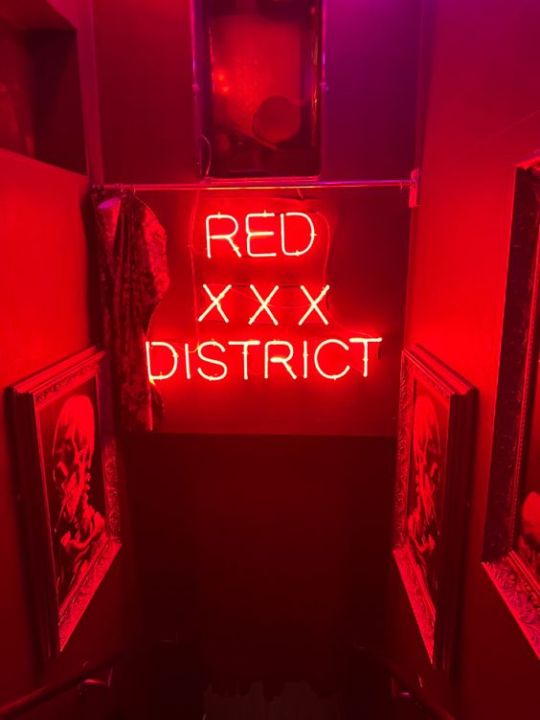
#glow blog#neon lights#red aesthetic#glow#neon#red#red light district#neon aesthetic#late night#sinners#night club#nightlife
79 notes
·
View notes
Text

Amsterdam, the Netherlands - 2023
23 notes
·
View notes
Text

Haha, stinky man.
#anime fanart#animecore#demon slayer#kimetsu no yaiba#demon slayer fanart#kny manga#gyutaro#kny gyutaro#kny daki#tengen vs gyutaro#traditional sketch#entertainment district arc#red light district#demon slayer gyutaro#kimetsu gyutaro#gyutaro shabana#upper moon six#twelve demon moons#twelve kizuki#gyutaro x you
143 notes
·
View notes
Text
Kakashi, staring at Itachi: “Hm. So you weren't always a whore.”
Itachi, expression blank: “Do you think any of us were born in this pleasure house?”
Kakashi: “Your mouth gets you into trouble, doesn't it?”
Itachi: “That's usually why men keep it occupied.”
#kakaitaweekwips#kakaita#kakashi x itachi#hatake kakashi#kakashi hatake#uchiha itachi#itachi uchiha#teaser#fanfic writing#my writing#red light district#suggestive
17 notes
·
View notes
Text
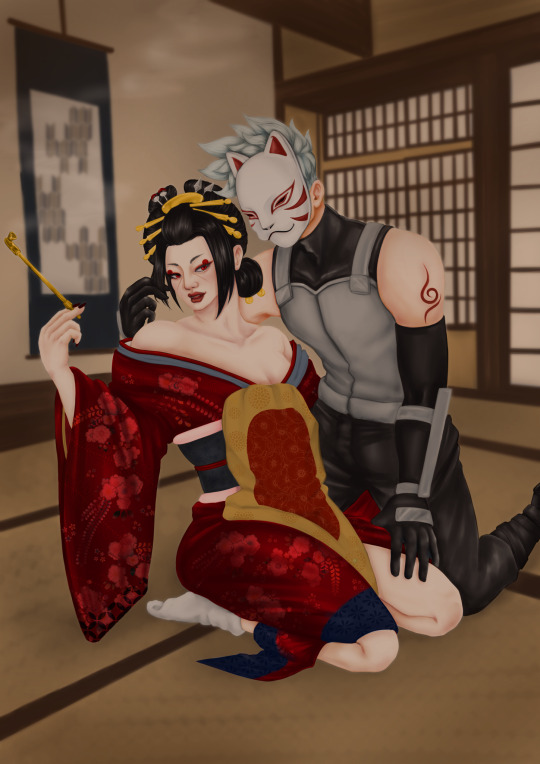
My Day 2 for @kakaitaweek is the colorized raffle prize for @/okayantigone over on twt
The og prompt was Red Light District with Oiran Itachi and Anbu Kakashi 🏮
9 notes
·
View notes